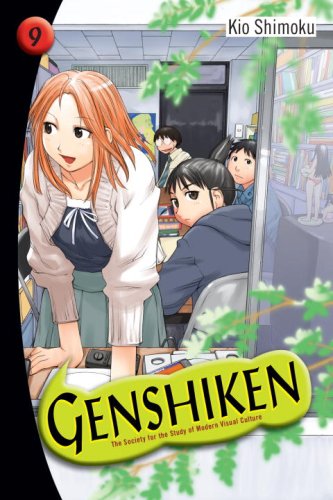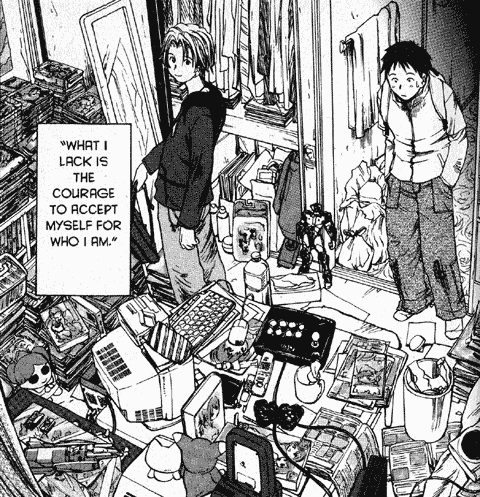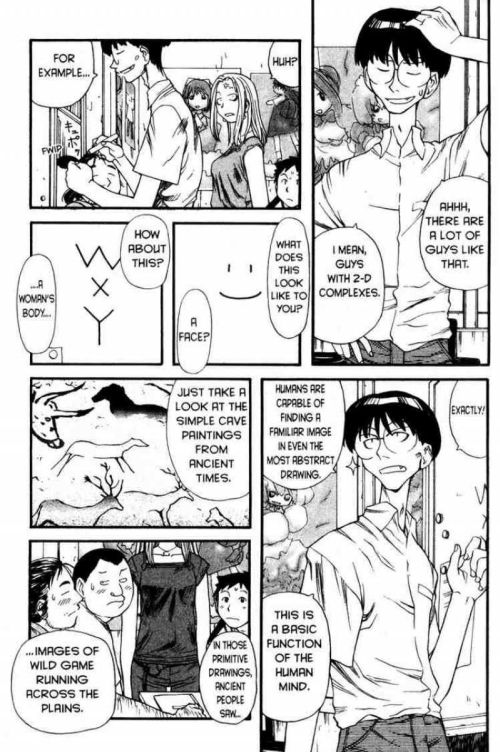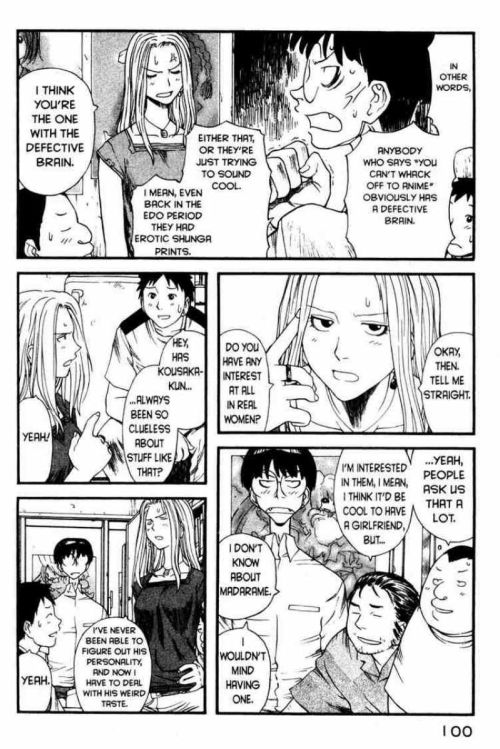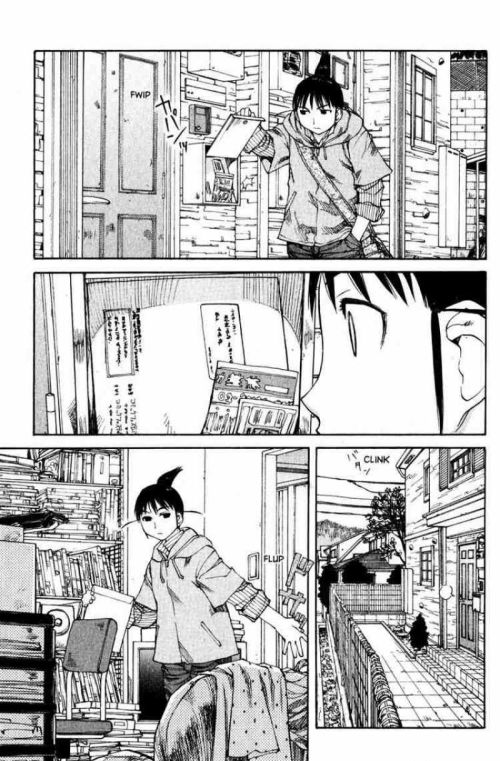- This post is part of a on-going series called “Being a Professional Manga Artist in the West“. The first post is here.
- You can buy my “Queenie Chan: Short Stories 2000-2010” collection as a USD$4.99 PDF (plus EPUB, DRM-free). Get it from Smashwords!
Part 3: How I Got Started – Drawing My Own Manga Series
This is where I tell the story of how I get published, in more detail than just listing all my books. I tried to keep it short, but I couldn’t, since all of this is necessary to explain the changes in the industry. Anyway, if you’re not interested, just skip it to move onto the next section: the part about contracts and how to get published, etc.
I first started drawing manga in 1998, when I was 18, after reading a volume of Watsuki Nobuhiro’s Rurouni Kenshin. I read manga as a child growing up in Hong Kong, but never drew or wrote anything until I was almost out of high school. I primarily focussed on short manga stories that I then put onto the Internet, which had a fledging community of manga and anime enthusiasts at the time.
Part 3a: The Dreaming Series (2004 – 2007)

In 2004, I landed my first publishing contract, writing and illustrating my own series. It was with TOKYOPOP, back then a ballsy start-up that had somehow managed to strong-arm their way into bookstores. Living in Hong Kong at the time, I didn’t even know that manga had made a breakthrough into the North American bookstore market in 2001-2002; I only found out about it through the Internet. One day, when surfing the net, I came across a manga competition called ‘Rising Stars of Manga.’ It was a competition run by TOKYOPOP to discover new manga-drawing talent in the west, with the promise of being published in print as the reward (this will eventually become known as the notorious ‘OEL manga’).
Many people seemed to think I got my foot in the door through RSOM – even my own editors at TOKYOPOP thought that. However, truth is that RSOM was only open to American citizens, and as an Australian there was no way I could enter. I only managed to make contact with TOKYOPOP a year after the competition ran, when TOKYOPOP put up an online notice calling for submissions to them. It specified international or otherwise, and that was because they were looking to produce their own original manga line.
I confess I knew nothing about book publishing at the time, and was only interested in turning my manga-drawing hobby into an actual job. Truth was, I had graduated from UNSW with a Bachelor of Information Systems in 2002, but was unable to find a job because of the dot-com bust. The TOKYOPOP offer came in late November 2003, so I eagerly shoved samples of work into an envelope and mailed it off to TOKYOPOP’s mailing address.
I didn’t know it at the time, but this scenario had two problems: (a) it’s very, very rare that a publisher will open their doors just for anyone to submit, and (b) sending a random bunch of manga pages to a publisher was a breach of protocol. TOKYOPOP had just opened their mail room to the slush pile at that time, and editor Tim Beedle was the one who fished my samples out of the little mountain they had. TOKYOPOP was kind enough to write back to me that you’re supposed to do a proper SUBMISSION, if you’re looking to get published with a publisher.
Oh, what’s a ‘proper submission,’ and how do you write one? I have a sample submission on my FAQ, so read about it here (http://www.queeniechan.com/FAQ). Submissions vary, depending on what the publishing house is looking for, but the gist of them are generally the same.
Anyway, I somehow managed to wrangle up a decent submission, and sent it back to them. It was for ‘A Chinese Ghost Story,’ an action-adventure-romance story I was working on at the time. Unfortunately, I then learned that publishers don’t always publish what you want to publish.
*****
Next Monday, I will talk about my work at TOKYOPOP.




